For some of us, a bank is more than a pile of bricks and a vault—it’s a memory or two. Maybe you remember proudly depositing your first paycheck. Maybe you remember how nervous you were while applying for your home loan before you bought your first house. Or maybe you remember earning 8% on your standard savings account.
That’s not a misprint. Way back when, savings accounts yielded way more money—they don’t today, but that’s just one of the many ways banking has changed over the past few decades.
What’s commonplace today might become obsolete before we know it. So think twice before you laugh at a parent or grandparent who isn’t great at using their banking app … because one day, banking apps could be supplanted by a different technology, too.
So, how different is banking today from what it was in the past? Let’s dive in!
Table of Contents
The Current State of Banking
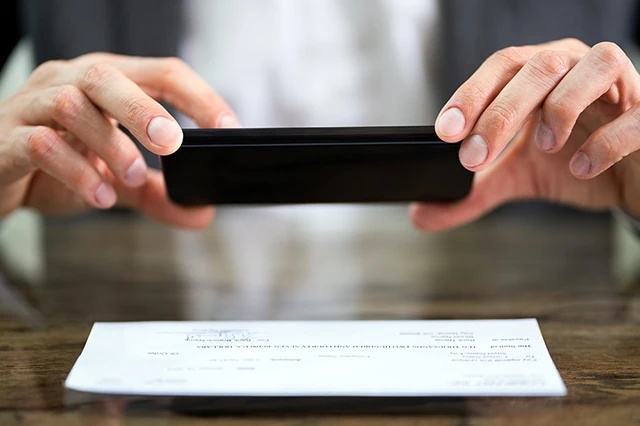
The vast majority of Americans use banks. According to the Federal Reserve, as of 2022, only 6% of adults were “unbanked”—meaning they nor their partner had a savings, checking, or money market account.
But what “being banked” is today is far different than what it meant yesterday. Banking technology has greatly advanced, and many banking customs have changed. More financial transactions are digital and automated than ever before. Many tasks that used to require a 15-minute drive and a half-hour in line at the bank can largely be accomplished from your phone.
And especially for older adults, stepping into a bank is a far different experience than it used to be. A whole new world? No. But certainly a wealth of different offerings and procedures.
How Banking + Banks Have Changed
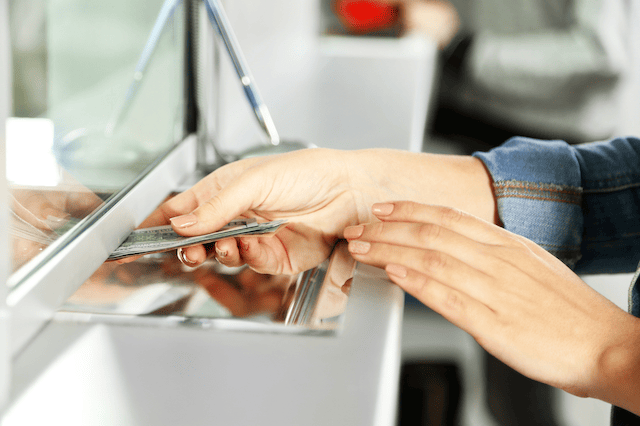
Banking was vastly different even a few decades ago. Some of the changes over that time have been great, others are a bit more unfortunate, but almost all of them will invoke some amount of nostalgia.
1. High Standard Savings Account Interest Rates
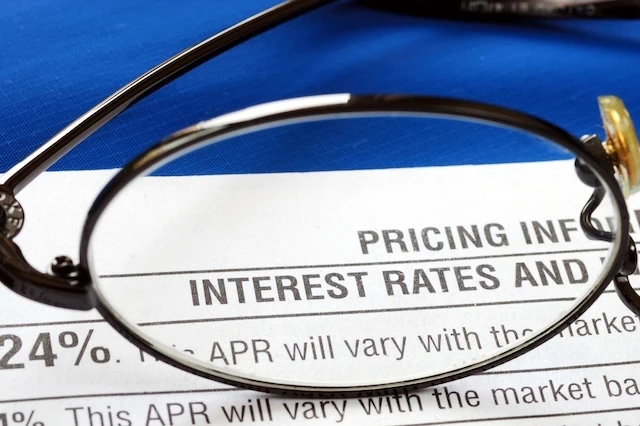
While you’ve probably seen plenty of ads for high-yield savings accounts with rates in the 4%-5% range, the national average interest rate for a standard savings account sits at less than half a percent.
That’s a world away from where they were back in the 1980s, when high standard savings account interest rates were the norm—at one point, standard savings rates actually touched 8%. You can thank both all-time highs in the federal funds rate, as well as lack of regulation that allowed banks to offer those high savings rates, even when they were financially unsustainable.
Rates have plunged since then—even today’s seemingly high Fed funds rate is a fraction of what it was in the ’80s. And standard savings rates have dropped along with it. Rates fell to about 4%-5% in the ’90s to 1%-2% in the aughts, and then to historic lows during the Great Financial Crisis.
Again, you can find high rates in a high-yield savings account. But you still won’t find 8% in those, and traditional savings might never see those rates again.
Related: 12 Best Long-Term Stocks to Buy and Hold Forever
2. Passbooks
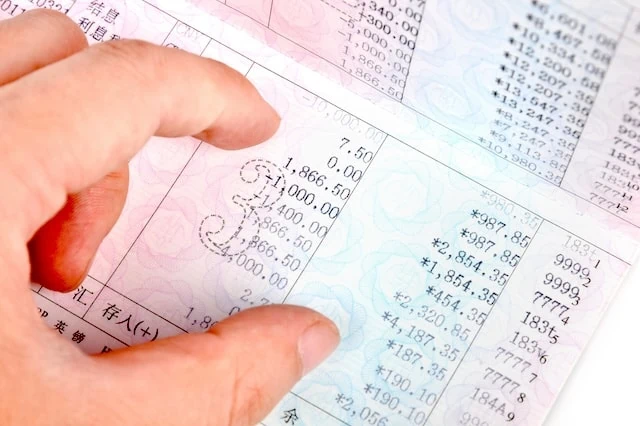
Passbooks, also called bankbooks, were about the size of a passport. These paper books were used to record banking transactions on a deposit account. The bank worker would hand-write the date, transaction amount, and new balance, before initialing it.
Eventually, small dot matrix or inkjet printers could update passbooks at an ATM or passbook printer either in a branch, by post, or self-serve style.
While some banks still offer passbooks, they’re exceedingly uncommon and typically only upon request. Now, paperless alternatives prevail.
Related: 50+ Best Money-Making Apps That Pay You Real Money
3. Physical Branches
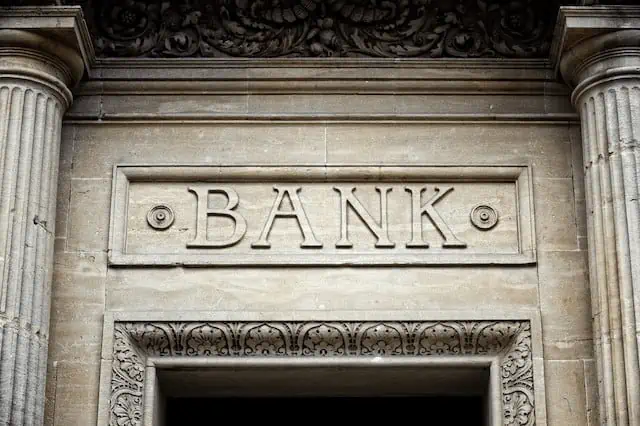
The past few years have seen the advent of online-only banks. They’re not incredibly popular—as of late 2023, only 6% of American adults with bank accounts said their main bank is online—but Gen Zers are almost twice as likely to use an online-only bank as the general population, so that number could rise over time.
Let’s be clear: Most banks still have physical branches, and likely will for the foreseeable future. But banks are narrowing their physical presences somewhat—within the past couple of weeks (as of this writing), Wells Fargo, Bank of America, PNC, Citizens, and Santander had all announced they would be closing various numbers of branches.
So if you have a child or grandchild with banking issues, you might not always be able to tell them to go see a bank teller in person!
While the lack of in-person customer service is a clear disadvantage, online-only banks do have upsides. Because they don’t have nearly as much overhead as brick-and-mortar locations, online banks can pass those savings on to customers. For example, a SoFi Checking and Savings Account, which charges no monthly account fees and has no minimum balance requirements, offers roughly 10X the national average APY.
Related: 5 Best Vanguard Retirement Funds [Start Saving in 2024]
4. Loans Without a Credit Score
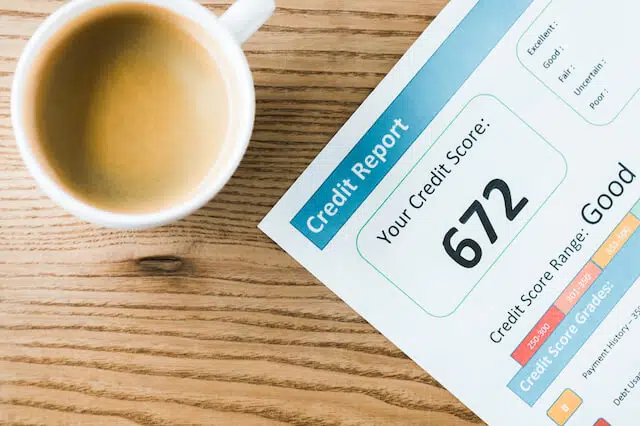
If you’re in a younger generation, you’ve at least known about the existence of credit scores and loans your whole life. But one is much older than the other.
The FICO score, America’s first credit score, wasn’t introduced until 1989. Oh, people certainly received loans before then—but instead of a credit score, a person’s creditworthiness was determined by factors such as income, referrals, and sometimes even home visits.
The loan system pre-credit scores was slow and at times even discriminatory. Credit scores, while hardly perfect themselves, have made evaluating a person’s credit quicker and reduced bias.
Related: 9 Monthly Dividend Stocks for Frequent, Regular Income
5. Banks Advertising on Matchbooks

Have you ever walked out of the bank, then cringed as you discovered you had accidentally taken one of their branded pens with you? It’s OK—it’s not exactly encouraged, but security’s not going to tackle you over it.
But once upon a time, banks were happy to give you one piece of branded swag: matchbooks.
And it wasn’t just banks. Restaurants, bars, hotels, and other establishments advertised on free matchbooks as well. But as people became more aware of the health risks and government’s cracked down, smoking became less prevalent—as did this form of advertising.
Even today, though, some collectors have vintage bank matchbooks as mementos.
Related: Best Vanguard Retirement Funds for a 401(k) Plan
6. Smoking in Banks

Imagine walking into a bank and instantly getting a whiff of cigarette smoke from a smoking worker or customer. Today? No. But long ago, that was the norm.
That’s because banks not only gave out matchbooks—they allowed people to smoke inside as well.
To be clear: It’s not like banks in particular were lax about smoking. It’s just that it was acceptable to smoke just about anywhere. Given that there’s no federal smoking ban for workplaces in the U.S., it’s possible that somewhere, somehow, there’s a bank branch or two that still allows it. But they’re a dying breed, if not already dead.
Related: 12 Annoying Banking + Credit Card Fees [Can You Avoid Them?]
7. The Popularity of Traveler’s Checks
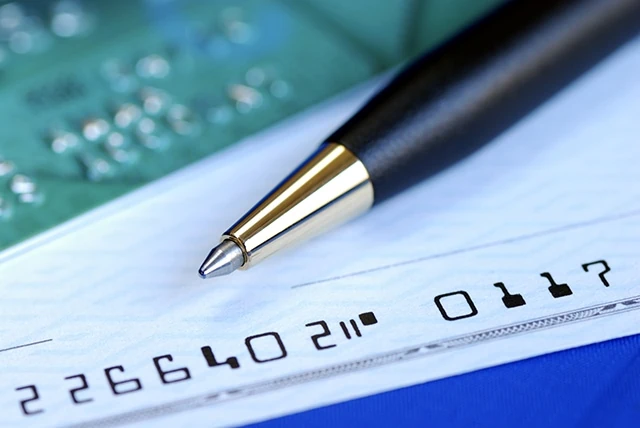
Don’t worry: The traveler’s check is still alive and well. But it is far less common than it once was.
If you’re new to the term: A traveler’s check is obtained from a financial institution (your bank) and used for international travel. Once abroad, travelers can use these checks to directly pay for goods and services, where accepted, or exchange them for local currency.
A benefit to these checks is the unique serial numbers that insure the checks against theft or loss. Similar to how a person would cancel a stolen credit card, a lost or stolen traveler’s check can be canceled. Then, people can get a replacement at participating banks or travel agencies.
Traveler’s checks have gone out of style because the alternatives have become more attractive. Now, many credit and debit cards don’t charge any foreign transaction fees and are far more convenient—and they can protect against fraudulent charges.
Related: Best Schwab Retirement Funds for a 401(k) Plan
8. Peer-to-Peer Wire Transfers
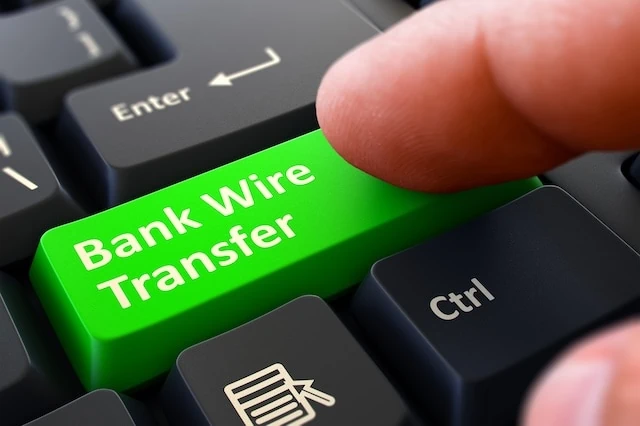
Wire transfers electronically move funds from one bank account to another. This system started in the 1980s, providing people with a way to easily send funds anywhere in the world without having to mail a check. These are still widely in use, though nowadays, they’re predominantly business-to-consumer or consumer-to-business transfers.
But let’s say you, a consumer, needed to lend money to an out-of-state friend (also a consumer). Years ago, you might have considered a peer-to-peer wire transfer. It could take a couple days to complete, you’d be charged a sizable fee, but you could do it.
Nowadays, there are numerous peer-to-peer money transfer apps that are either free or minimal-cost and instant. Heck, even the phrase “I’ll wire you some money” is now often replaced with “I’ll Venmo you,” “I’ll PayPal you,” or “I’ll CashApp you.”
Related: Best Fidelity Retirement Funds for a 401(k) Plan
9. Only Withdrawing Cash During Bank Hours

Pretend you’re out late at night and see a taco stand, which sounds like the perfect snack. Your mouth is watering as you read the menu while you wait in line. Then, you see a sign that states “Cash Only.” You check your wallet hoping there is some cash in there you forgot about. There isn’t.
Today, you would solve your dilemma by going to a nearby ATM. Prior to the late 1960s, though, that wasn’t an option anywhere in the United States—you had to go into the bank, during bank hours. But along came the ATM, which began to flourish throughout the ’70s and through today, when you can find an ATM virtually anywhere.
And that’s good news for late-night taco stand lovers.
Related: 7 Best Schwab ETFs to Buy [Build Your Core for Cheap]
10. Customer Service

The customer service you receive in a bank can depend on the bank, individual worker, or even just a teller’s mood at that moment. This makes it challenging to quantifiably say whether bank customer service has improved or gotten worse over the years.
But if we’re including anecdotal evidence, bank customer service was probably superior in the past.
For example, when my mother was studying abroad in India in the early 1980s, she shipped a hand-knotted rug to her small U.S. hometown bank. Her bank accepted delivery of the rug and arranged for the overseas payment in Indian rupees to be made from her savings account with her prior authorization.
The bank charged no fees, insisted on unrolling the rug to ensure nothing got damaged in shipping, and shared in her enthusiasm as the entire staff gathered around.
Obviously, none of this would happen with an online-only bank. In fact, it’s even hard to imagine that scenario at a large bank today.
Those who want more of a family banking feel might choose to bank with a credit union instead of a traditional bank. Credit unions are not–for-profit, member-owned, and often have a high level of community involvement. When I bought out my car lease and went into a credit union to finalize the paperwork, I was expecting business as usual. Instead, I was pleasantly surprised at the hearty congratulations for owning my car and the small talk that followed as everything was wrapped up.
Whether you love the current level of customer service or hate it, there’s no denying it’s different. According to the Consumer Financial Protection Bureau, it’s estimated around 37% of Americans interacted with a bank’s chatbot in 2022. That certainly wasn’t an option even a few years ago.
Related: 7 Best Fidelity ETFs for 2024 [Invest Tactically]
What Does The Future of Banking Look Like?

Inevitably, banking technology will continue to advance. As people play with artificial intelligence, it may take on some human jobs. We might continue to see the number of brick-and-mortar banks dwindle.
As advanced as credit cards currently seem, it’s possible people will later keep them as relics of the past. Some people believe cryptocurrency is the future and money as we know it will change. It’s impossible to predict the directions banking will take. But the real question is, will these changes that occur make banking better or worse?
Related: The 7 Best Vanguard ETFs for 2024 [Build a Low-Cost Portfolio]
Related: Enough With Deceptive Drip Pricing: How You’re Being Tricked + How to Stop It

Drip pricing is a misleading way of showing a lower price to consumers upfront only later to find out the final price is far higher. Surcharges, convenience fees, taxes, required upgrades, and more. We cover examples of drip pricing tactics and ways to combat them.
Related: Stop Shrinkflation! 10 Products Affected + Tips to Save Money
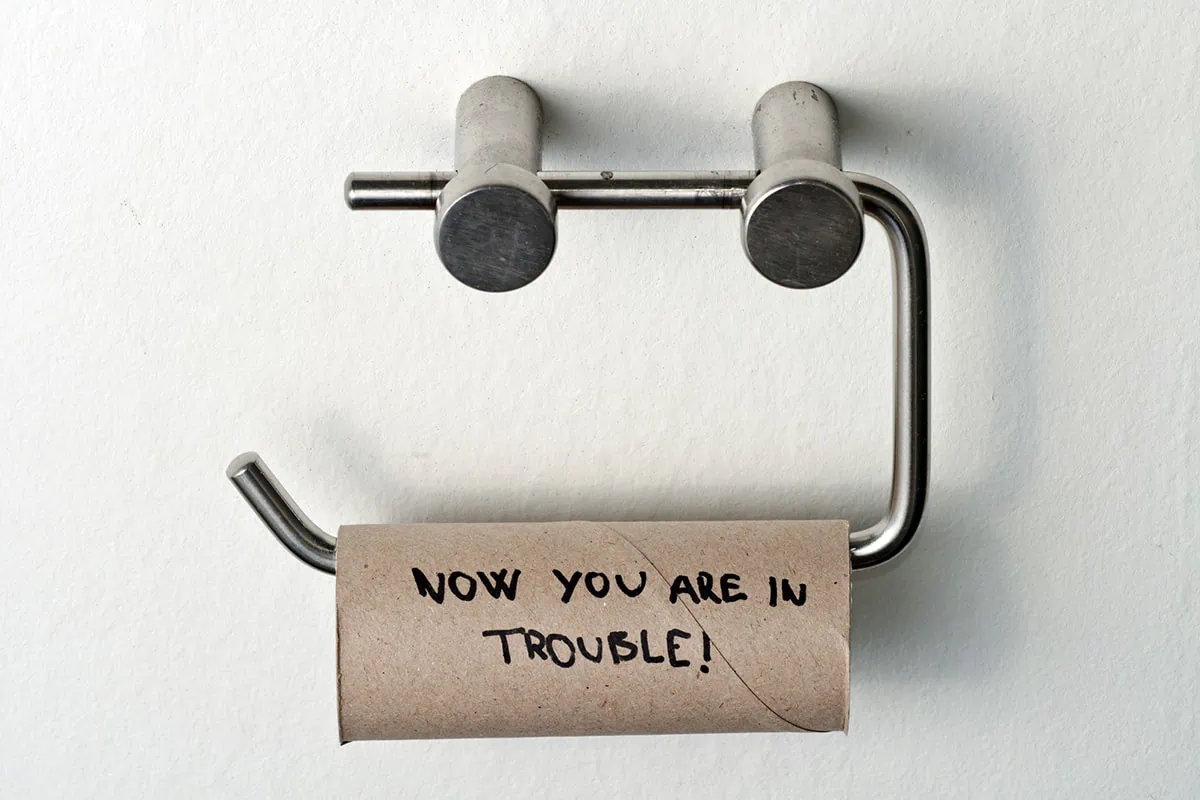
Shrinkflation is the deceptive practice of making products smaller instead of raising costs to cover any rise in the cost of producing that product. We cover several examples of shrinkflation and tips to save money.
Related: 9 Best Monthly Dividend Stocks for Frequent, Regular Income
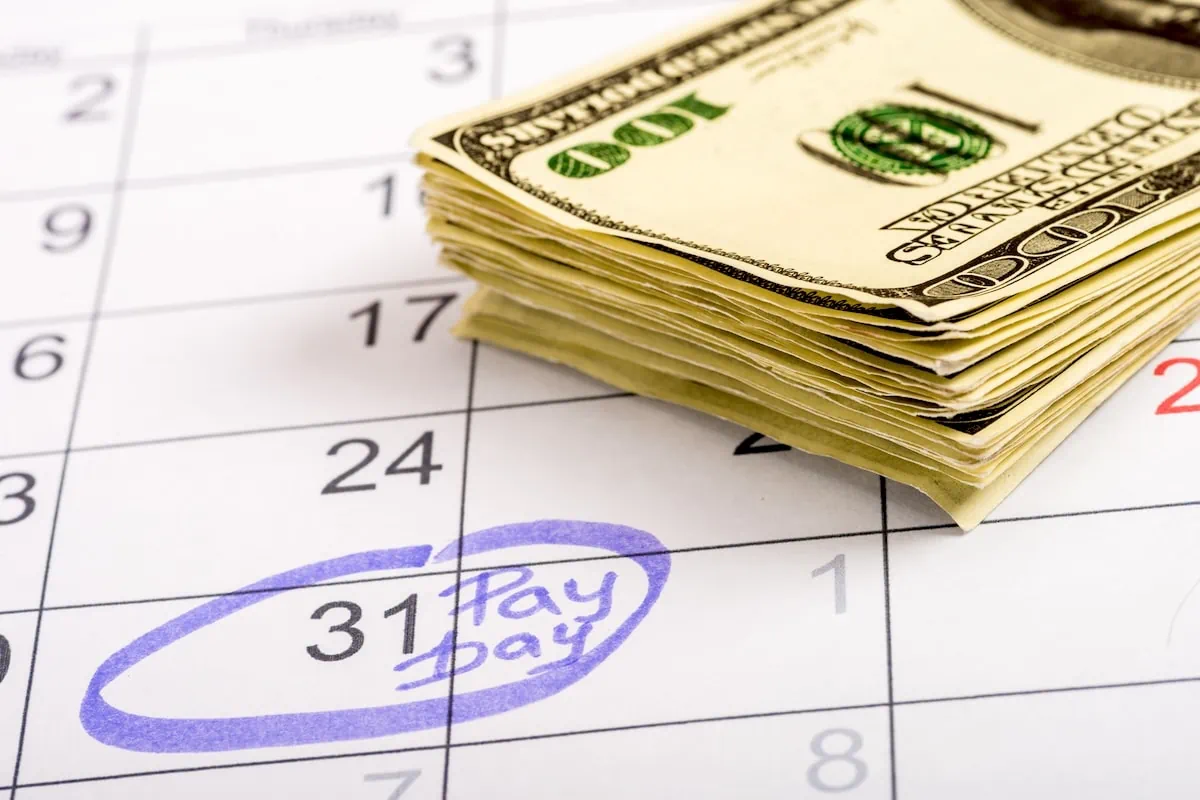
The vast majority of American dividend stocks pay regular, reliable payouts—and they do so at a more frequent clip (quarterly) than dividend stocks in most other countries (typically every six months or year).
Still, if you’ve ever thought to yourself, “it’d sure be nice to collect these dividends more often,” you don’t have to look far. While they’re not terribly common, American exchanges boast dozens of monthly dividend stocks.
Related: The Best Fidelity ETFs for 2024 [Invest Tactically]
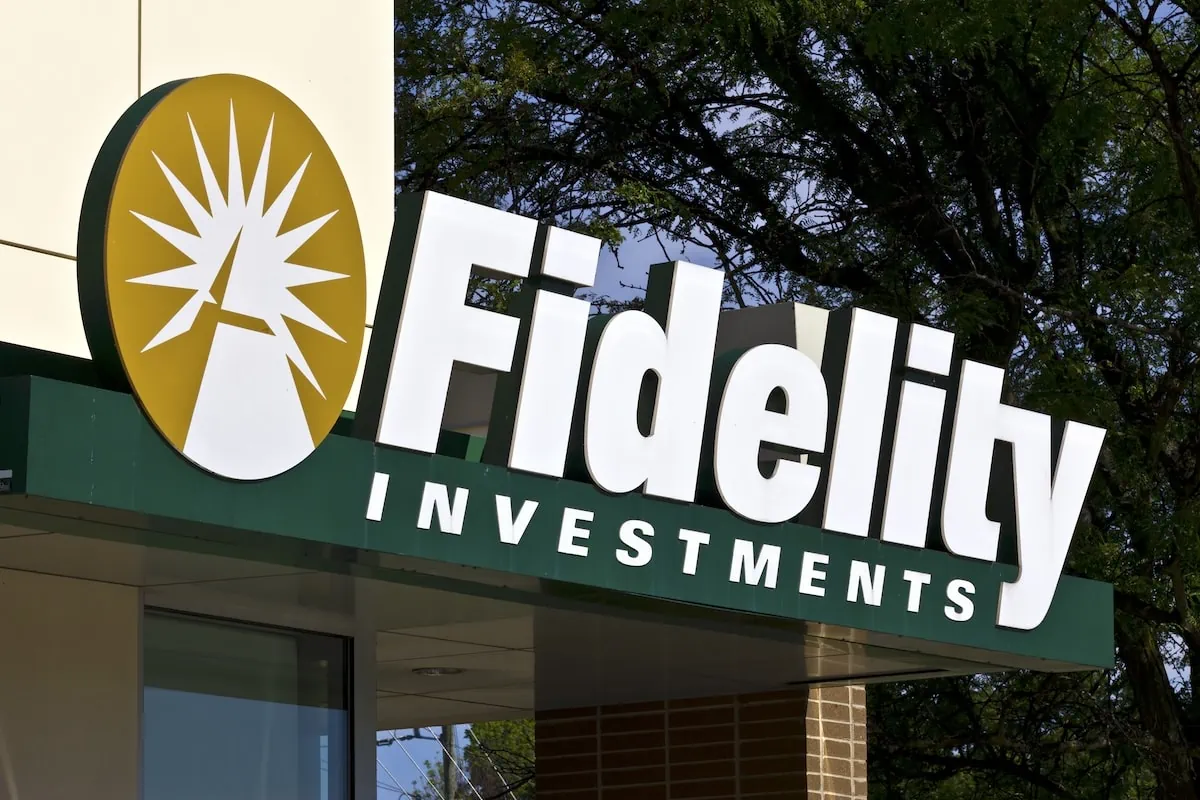
If you’re looking to build a diversified, low-cost portfolio of funds, Fidelity’s got a great lineup of ETFs that you need to see.
In addition to the greatest hits offered by most fund providers (e.g., S&P 500 index fund, total market index funds, and the like), they also offer specific funds that cover very niche investment ideas you might want to explore.
Please Don’t Forget to Like, Follow and Comment

Did you find this article helpful? We’d love to hear your thoughts! Leave a comment with the box on the left-hand side of the screen and share your thoughts.
Also, do you want to stay up-to-date on our latest content?
1. Follow us by clicking the [+ Follow] button above,
2. Subscribe to The Weekend Tea, our weekly newsletter to read more about investing, spending, taxes, and more, and
3. Give the article a Thumbs Up on the top-left side of the screen.
4. And lastly, if you think this information would benefit your friends and family, don’t hesitate to share it with them!





